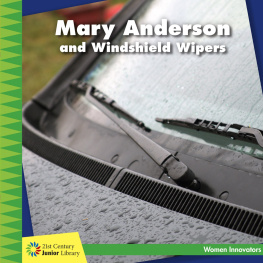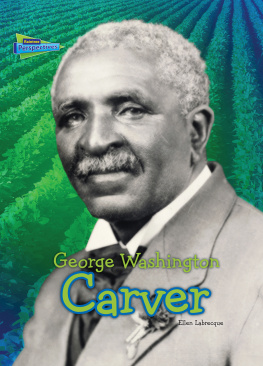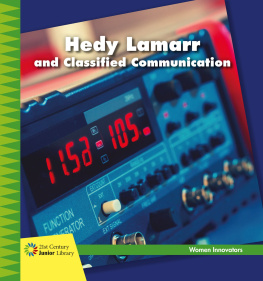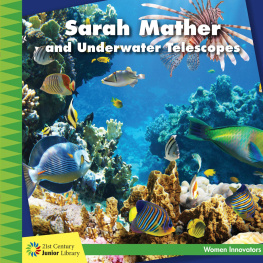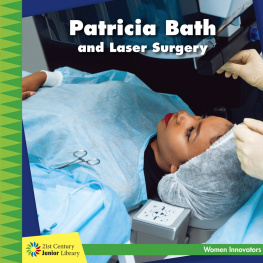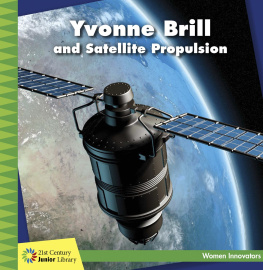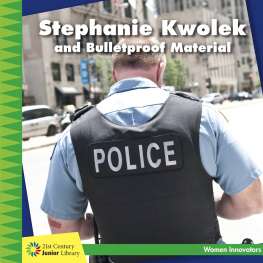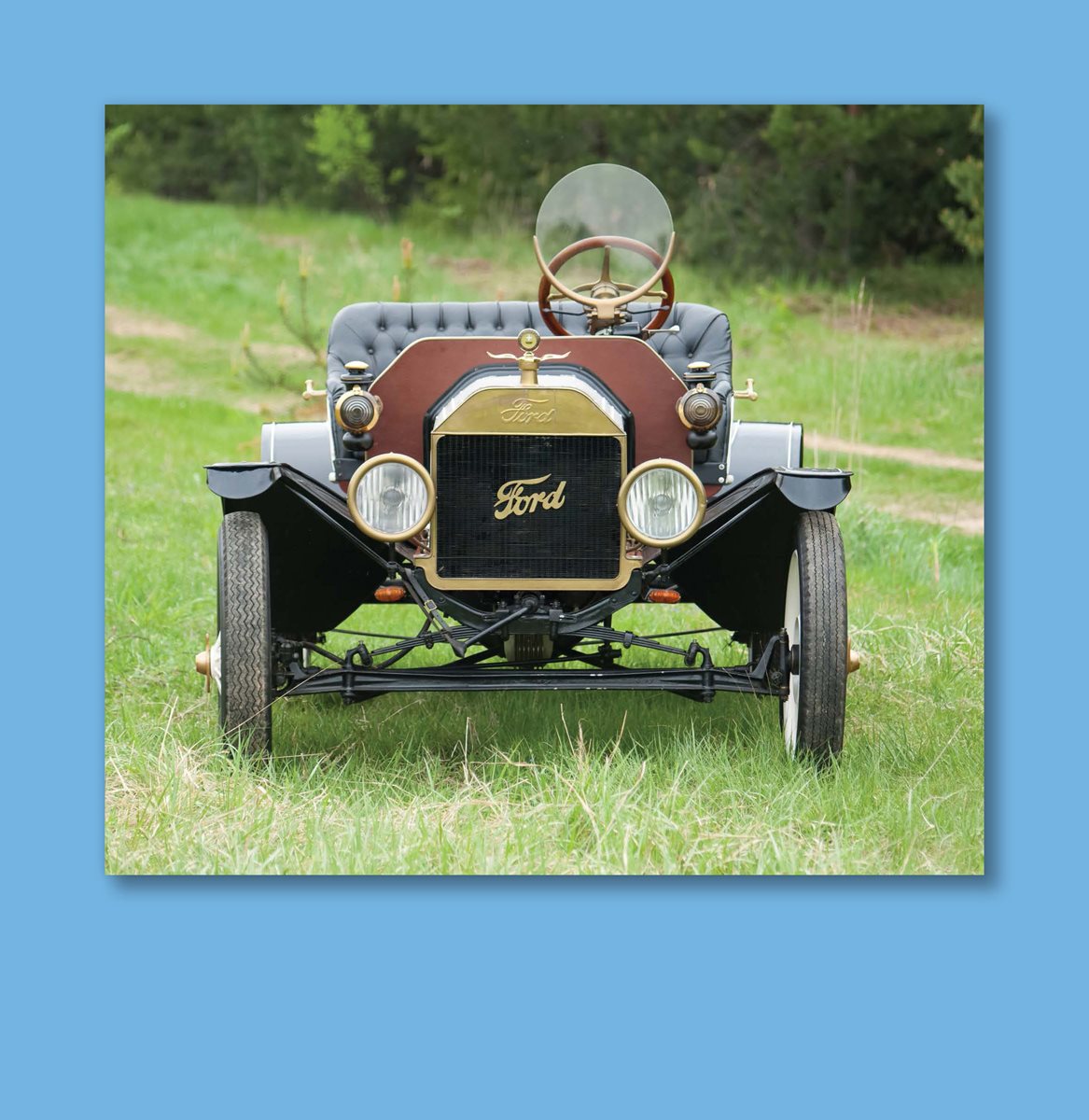Table of Contents
Guide
Published in the United States of America by
Cherry Lake Publishing
Ann Arbor, Michigan
www.cherrylakepublishing.com
Content Adviser: Amelia Wenk Gotwals, Ph.D., Associate Professor of Science Education, Michigan State University
Reading Adviser: Marla Conn MS, Ed., Literacy specialist, Read-Ability, Inc.
Photo Credits: Dark Moon Pictures/Shutterstock Images, cover, 20; ambrozinio/Shutterstock Images, 4;
Detroit Publishing Co./Library of Congress, 6; Everett Historical/Shutterstock Images, 8; Harris & Ewing/Library of
Congress, 10; May Anderson (743801)/United Sates Patent and Trademark Office/National Archives and Records
Administration, 12; Alexander Mitrofanov/Dreamstime, 14; alexsvirid/Shutterstock Images, 16; Ditty_about_summer/
Shutterstock Images, 18
Copyright 2017 by Cherry Lake Publishing
All rights reserved. No part of this book may be reproduced or utilized in any
form or by any means without written permission from the publisher.
Library of Congress Cataloging-in-Publication Data
Names: Labrecque, Ellen, author.
Title: Mary Anderson and windshield wipers / by Ellen Labrecque. Other titles: 21st century junior library.
Description: Ann Arbor : Cherry Lake Publishing, [2017] | Series: 21st century junior library | Series: Women innovators | Includes
bibliographical references and index.
Identifiers: LCCN 2016029713| ISBN 9781634721783 (hardcover) | ISBN 9781634723107 (pbk.) | ISBN 9781634722445 (pdf) |
ISBN 9781634723763 (ebook)
Subjects: LCSH: Anderson, Mary, 1866-1953Juvenile literature. | Windshield wipersJuvenile literature. | Women inventors
United StatesBiographyJuvenile literature. | InventorsUnited StatesBiographyJuvenile literature.
Classification: LCC T40.A53 L33 2017 | DDC 629.2/76 [B]dc23
LC record available at https://lccn.loc.gov/2016029713
ISBN-13 978-1-68444-508-0 (ebook)
Cherry Lake Publishing would like to acknowledge the work of The Partnership for 21st Century Skills.
Please visit www.p21.org for more information.
Printed in the United States of America
Corporate Graphics
Synchred Read-Along Version by:
Triangle Interactive LLC
PO Box 573
Prior Lake, MN 55372
CONTENTS
It is important for drivers to be able to see in all kinds of weather.
A Woman
Have you ever ridden in a car when
it is raining? The rain is coming down hard.
But the driver can still see through the
windshield ! Swish! Swash! Rain and
snow are wiped away.
Mary Anderson invented the windshield
wiper more than years ago!
In Birmingham, Anderson became an entrepreneurial woman.
Mary Anderson was born on February
19, 1866, in Greene County, Alabama. Her
dad died when she was four years old.
When she was a young adult, she moved to
Birmingham, Alabama, with her mom and
sister. They built an apartment complex.
They rented apartments to people and also
lived there.
Before buses, many towns had trolley cars.
In the winter of 1902, Anderson visited
New York City. On a snowy day, she noticed
that trolley car drivers struggled to see
through their windshields. Drivers would
stop their trolleys to get out and clean their
windshields by hand. Others would open
their windshields, exposing themselves to
the snow. Some drivers even leaned out the
side to see properly. Anderson couldnt
believe it. She thought there should be a
safer and better way to drive during a
snowstorm.
Anderson hoped her invention would be used on
trolley car windows like this one.
An Idea
Anderson went home. She sketched
an idea for a wiper that would clear away
snow and rain. It operated by a lever on
the inside of the car. The driver pulled
the lever. Then the wiper moved back
and forth in a fanning motion. A rubber
blade wiped away rain and snow from
the window.
To get her patent, Anderson made detailed
drawings of her invention.
Anderson had a model of her design
made. Her idea was patented on
November 10, 1903. On the patent, she
described her invention as a window
cleaning device for electric cars and other
vehicles to remove snow, ice, and sleet
from the window.
Look!
Look at this drawing of Andersons windshield wiper. Is the wiper
the same as the ones that cars have today? How is it different?
In 1903, most cars looked like this Ford Model T.
Anderson tried to sell her wiper idea to
different companies. But nobody wanted to
buy it. At the time, there werent many cars
on the road. The cars that were on the
road didnt have roofs. People didnt drive
in rain or snow. Anderson let her patent
expire in 1920.
Think!
Would Andersons invention have been a success if she had
invented it at a later time in history? Why or why not?

